In today’s real estate market, investors are snapping up properties before regular buyers even get a chance. From hidden gems to entire neighborhoods, investors are reshaping the landscape behind closed doors. Many of these homes are off-market deals that average house hunters will never even know existed. Understanding what types of properties investors are hoarding can reveal how tough the competition has become.
1. Distressed Properties in Prime Locations
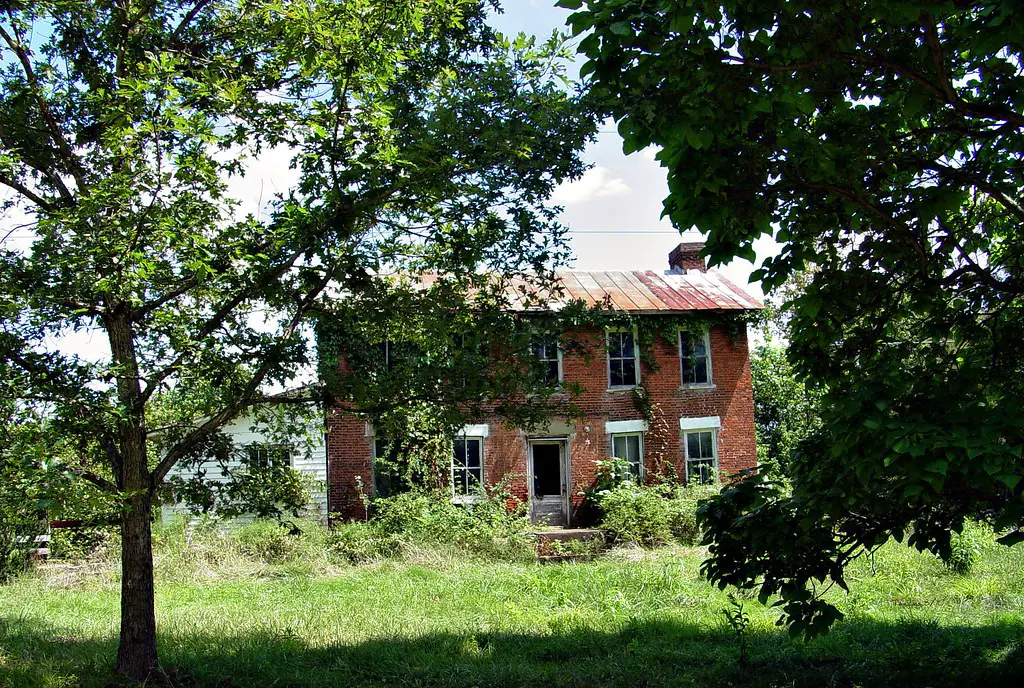
According to Realtor.com, distressed homes in desirable neighborhoods are top targets for investors. These properties need major renovations but offer unbeatable resale potential once updated. Regular buyers often cannot match the speed or cash offers investors bring to these deals. As a result, fixer-uppers near city centers rarely hit public listings anymore.
Investors use private networks to snap up these homes quietly. They can afford the costly repairs that scare off first-time buyers. Once renovated, these properties reappear at much higher prices. Ordinary buyers are locked out of the early stages.
2. Starter Homes Near Transit Lines

The Urban Land Institute notes that homes close to major transit hubs are especially attractive to investors. Easy access to trains and buses raises property values over time. Investors see the long-term rental potential and are willing to outbid families looking for starter homes. As a result, entry-level properties near transit are vanishing fast.
Commuter-friendly homes rarely stay on the open market. Investors anticipate strong appreciation over decades. Regular buyers simply cannot compete with this long-term thinking. Losing access to transit-close homes changes whole community dynamics.
3. Multi-Unit Homes in Residential Neighborhoods
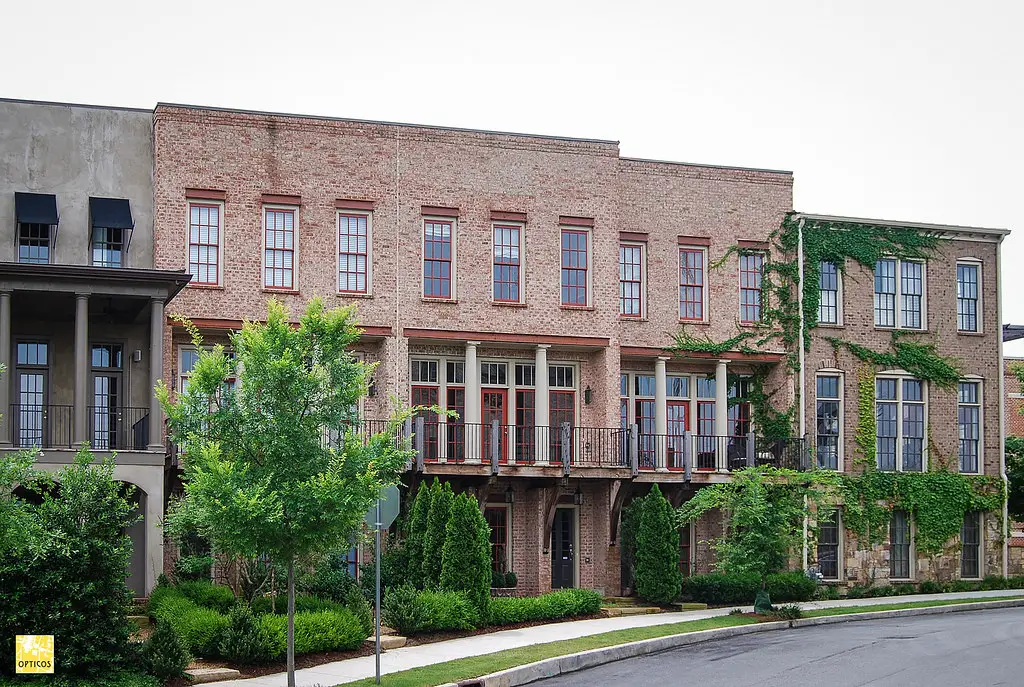
Bloomberg reports that investors are aggressively buying duplexes, triplexes, and fourplexes in suburban areas. These small multi-unit homes are ideal for rental income and have fewer regulatory hurdles than larger apartment buildings. Investors leverage cash offers and bulk purchases to dominate this segment. Regular buyers looking to live in one unit and rent the rest are pushed aside.
Multi-unit properties offer incredible flexibility for investors. They can rent out all units or occupy one themselves. Families hoping to build equity this way rarely stand a chance. Investors know exactly how valuable these properties are becoming.
4. Single-Family Homes for Build-to-Rent Communities
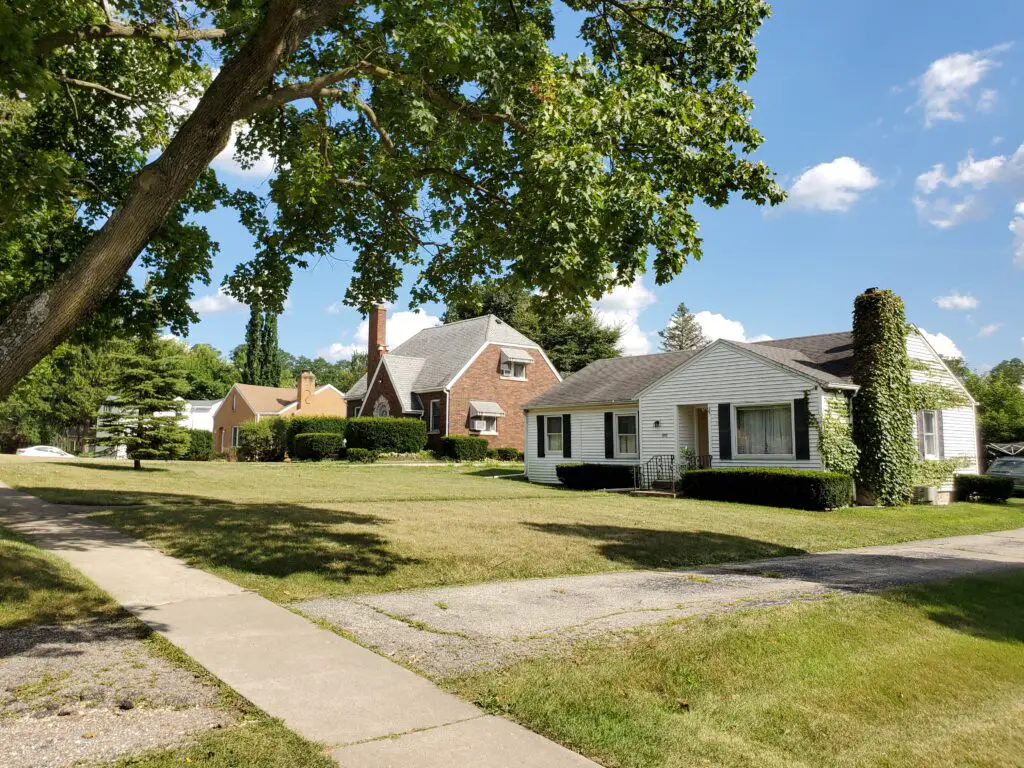
According to The Wall Street Journal, entire neighborhoods of single-family homes are being built or bought specifically for rentals. Large investor groups are creating new suburban rental empires targeting families priced out of ownership. These homes are never listed for public sale and go straight into rental portfolios. Homeownership opportunities shrink as this trend accelerates.
Renters have fewer paths to eventually buy these homes. Investors control the maintenance, pricing, and lease terms. Even newly built homes now bypass traditional markets. Future generations may never see these homes for sale.
5. Pre-Foreclosure Homes
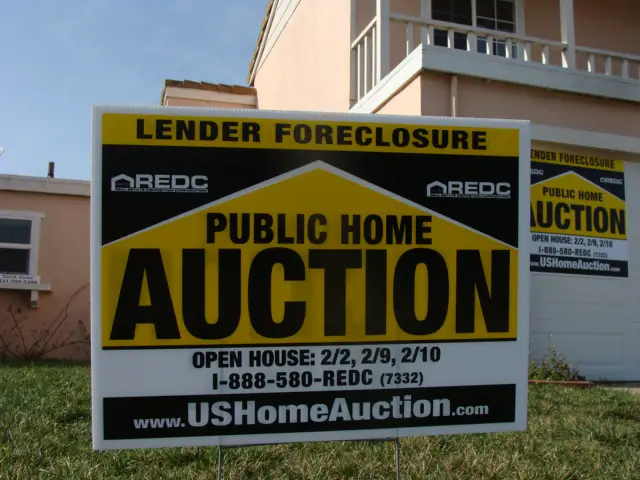
Homes heading toward foreclosure often sell quietly before hitting public auction. Investors monitor courthouse filings and debt notices to make offers directly to struggling owners. Regular buyers typically do not have the connections or flexibility to act this fast. These private deals remove more inventory from public view.
Owners desperate to avoid foreclosure often prefer quick cash offers. Investors exploit this vulnerability efficiently. Pre-foreclosures rarely make it to open houses. The entire process bypasses everyday buyers.
6. Off-Market Luxury Homes
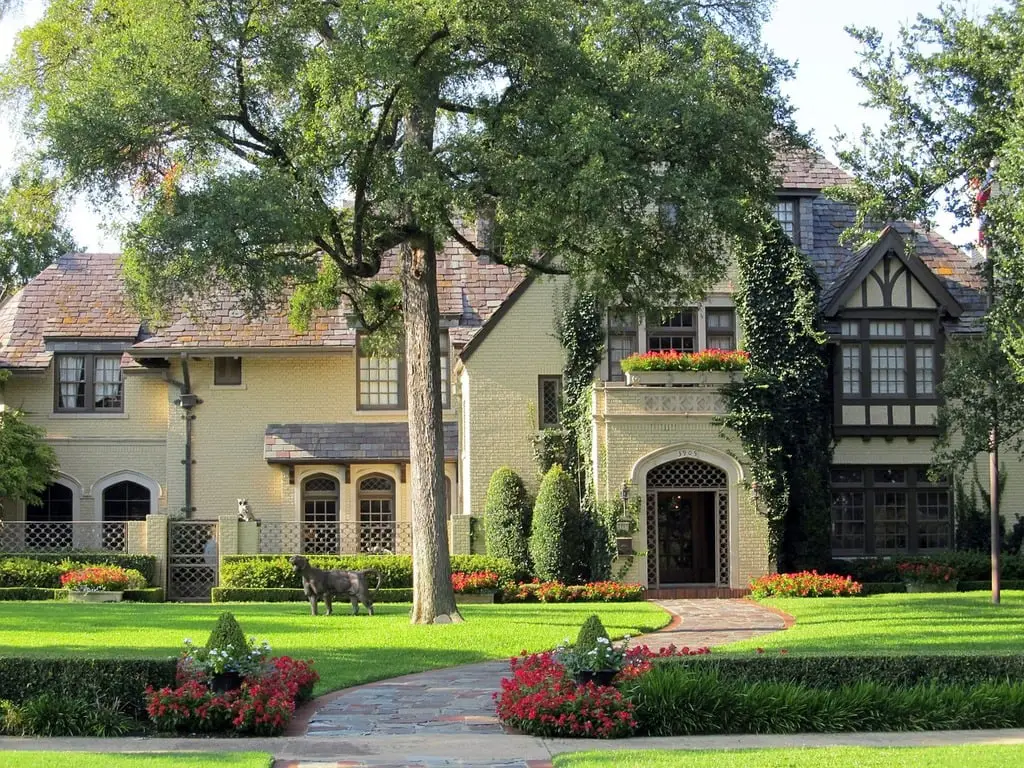
High-end homeowners frequently sell their properties through private channels to avoid publicity. Investors and private equity firms network directly with sellers, locking down mansions and luxury condos before they are publicly listed. Regular buyers never even know these homes were available. Wealthy investors often seek trophy properties for rental or resale.
The luxury market runs on exclusivity and speed. Traditional house hunters cannot crack these private deals. Brokers specialize in “whisper listings” for wealthy clients. Public platforms never get a glimpse.
7. Properties with Historic Tax Credits
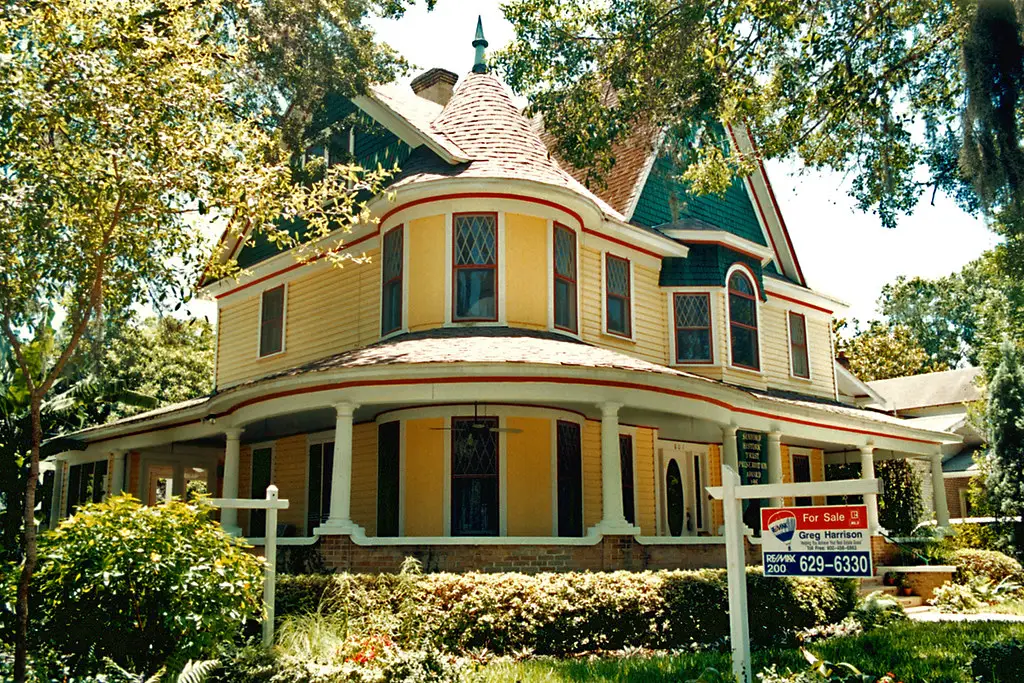
Certain homes qualify for generous tax credits if they are renovated according to historic preservation standards. Investors specialize in finding and restoring these properties for profit. Regular buyers are often intimidated by the red tape and costs involved. As a result, historic homes with financial incentives rarely go to individual families.
Tax breaks make these projects very appealing to seasoned investors. Ordinary buyers lack the expertise to navigate strict preservation rules. Restored properties often end up as boutique rentals or Airbnbs. Investors cash in on charm and incentives simultaneously.
8. Homes in Gentrifying Neighborhoods

As soon as signs of gentrification appear, investors swoop in. They purchase undervalued homes in transitional neighborhoods, banking on rising property values. Regular buyers struggle to afford homes that investors are snapping up early. By the time a neighborhood stabilizes, prices have often doubled.
First-time buyers are priced out before they realize it. Investors read development plans and demographic shifts like maps. Their early bets reap major rewards later. Whole communities change behind closed doors.
9. Waterfront Properties in Secondary Markets
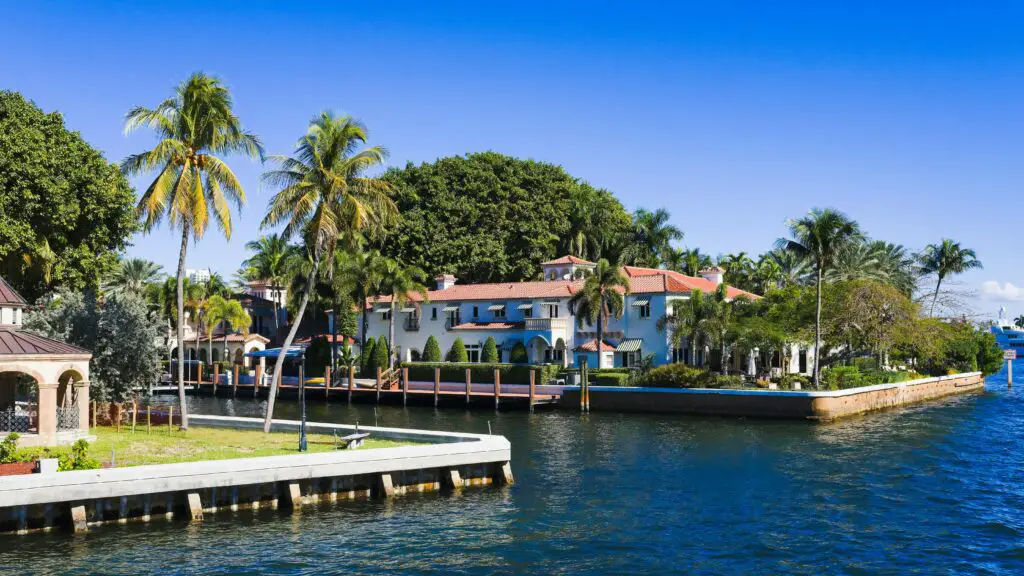
Lakeside, riverside, and beachfront homes in smaller cities are becoming hot investor targets. As primary waterfront markets become too expensive, investors are seeking out hidden coastal gems. Regular buyers searching for affordable second homes find slim pickings. Investors plan to rent these properties seasonally or flip them later.
Secondary waterfronts offer massive growth potential. Early investors lock up prime land at lower prices. Ordinary families find themselves priced out of dreams. The best spots are rarely left to chance.
10. Senior Housing Units
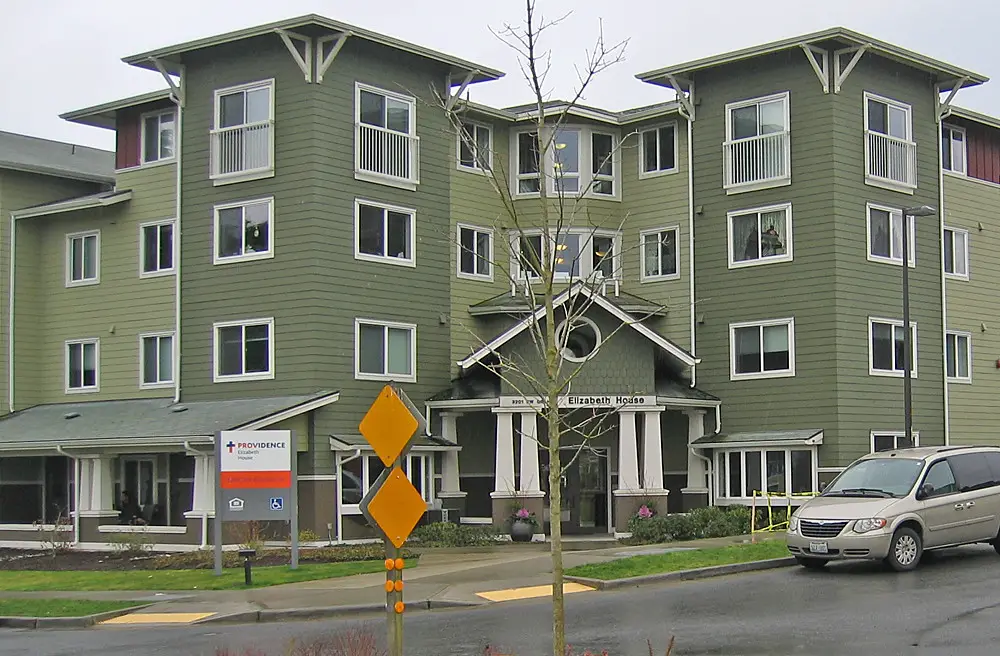
Properties near hospitals, pharmacies, and public transit are ideal for senior living developments. Investors are acquiring homes to convert into assisted living facilities or senior rentals. Regular buyers looking for family homes find increased competition and less inventory. The aging population is driving this behind-the-scenes land grab.
Senior housing demand will skyrocket in coming decades. Investors are preparing now for future profits. Homeowners may not recognize the shift until neighborhoods change visibly. Buyers seeking quiet suburbs will face fierce competition.
11. Abandoned Properties for Land Banking
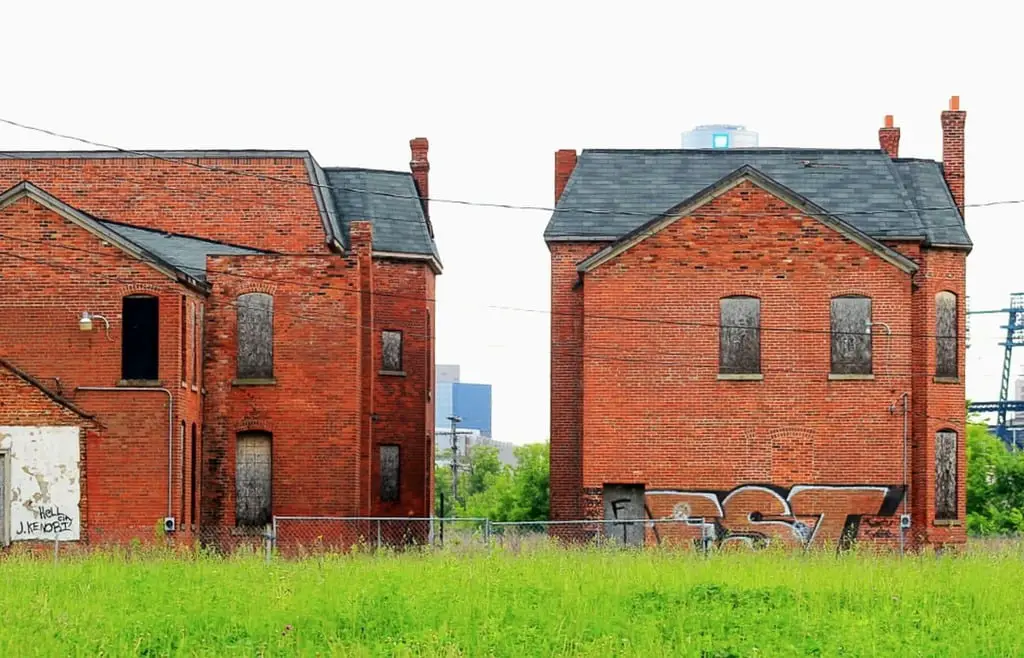
Investors are quietly buying abandoned homes simply to sit on the land. They hope nearby development will eventually raise property values dramatically. Regular buyers see only rundown structures without realizing their strategic worth. Land banking is a long-term investment game most individuals cannot afford.
Empty lots often hint at massive hidden potential. Investors are betting on future infrastructure and commercial booms. Land will always be finite. Ordinary buyers miss these early, invisible opportunities.
12. Homes Near Proposed Tech Campuses
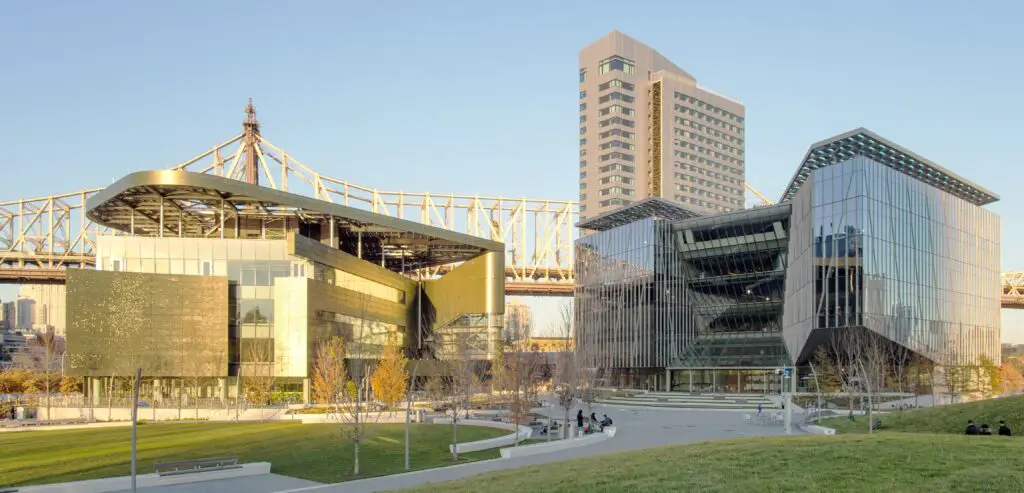
As tech companies expand into new regions, investors track rumors of new campuses closely. They buy homes nearby long before official announcements are made. Regular buyers cannot predict where the next boom will occur. By the time tech expansion becomes public, local home prices have skyrocketed.
Housing speculation around tech hubs is intense. Investors move with insider knowledge and speed. Homeownership becomes much harder for locals. Growth leaves many out in the cold.
